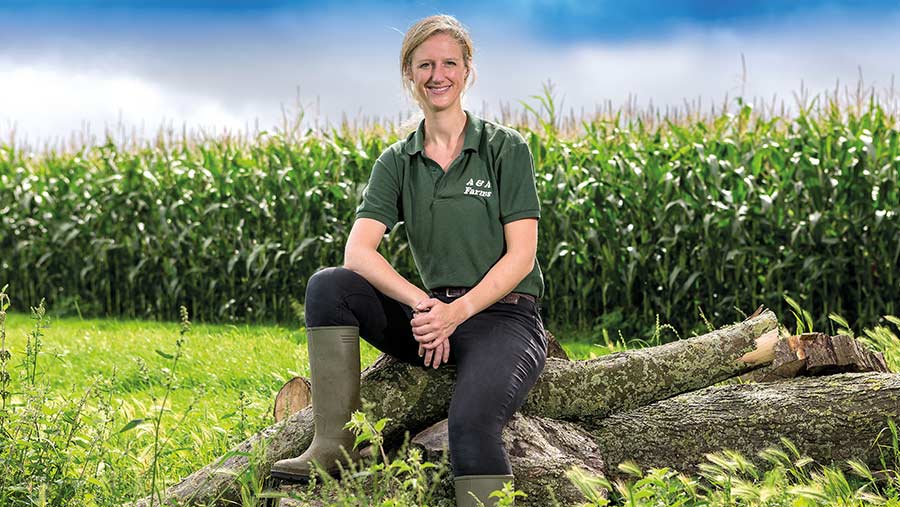Farmer Focus: Pig industry being battered from all angles
 © Richard Stanton
© Richard Stanton I think we all knew that 2021 was going to be tough because of Covid, along with the implementation of Brexit. However, I don’t think we had any idea how challenging it would be.
I still think we are being battered from all angles. Government interventions haven’t resolved supply chain issues, and it’s been reported that at least 30,000 pigs have been slaughtered on farms.
Furthermore, it’s predicted that the industry will lose 40,000 sows as people exit the sector.
See also: Crisis in pig sector deepens as welfare cull tops 30,000
The pig price is 141.81p/kg, 7.5p below this time last year and 9p below the five-year average. This has been driven by supply chain issues and low EU prices (some of which are under 100p/kg, so I guess we can be grateful).
We expect prices to rise again in the summer with increased demand, but this is likely to be too late for many, and whether prices rise enough to cover the high cost of production is questionable.
We are still battling with ongoing fertility issues. We had three dreadful batches of sows with farrowing rates down at 75%.
The vet thinks it’s caused by flu but, despite taking bloods in October, we still don’t have any results because the samples are stuck at customs on the German border – thanks, Brexit.
However, we can’t blame all our poor performance on possible flu. For the past two years we have averaged an 85% farrowing rate when we should be well above 90%.
We’ve investigated and trialled several things – different damline, sirelines, nutrition in lactation, age of service, and gilt rearing up to point of service, but don’t seem to be making any progress.
This month we have looked at gilt backfat level at service, farrowing and weaning, using ultrasound.
Ideally, the backfat should be about 15mm at service, 18-20mm at farrowing and then back to 15mm after lactation.
Our gilts were about right at point of service. However, at farrowing, the gilts were still measuring around 14-15mm.
The necessary condition isn’t being gained to support lactation and then put the pigs in a position to be successfully served.
Our gilts were 8-10mm at weaning, which is clearly not enough. We will now be putting more focus on the gilts’ gestational diet.

